As per the agreement, signed at the end of the joint meeting of the water commission in Kabul, Iran and Afghanistan agreed on installing the measuring tools on the Hirmand River for the next six months for better implementation of the 1973 treaty.
Iran’s Deputy Energy Minister, Ghasem Taghizadeh Khamesi, said, "In a very friendly atmosphere, we have achieved good results, and the two sides emphasize that the operational plan for using the Hirmand River should be adjusted so that the people of both countries, especially the residents of the Sistan and Baluchestan province of Iran and Nimroz of Afghanistan will benefit from its results.”
The aim to sign the agreement was to manage the water of the Hirmand River more accurately, he said.
Negotiations centered around resolving disputes over the share of the two countries from the river, which was determined as per the 1973 deal signed in Kabul.
Iran has suffered a severe water shortage in its southeastern provinces bordering Afghanistan. A part of the problem, reportedly, comes in the wake of Kabul's lack of commitment to the treaty’s obligations.
The 1973 agreement follows those recommendations to supply Iran with an average of 22 m3/s, and includes an additional 4 m3/s for “goodwill and brotherly relations”.
Reportedly, the treaty was mostly to the detriment of Iran because not only did it recognize all dams and canals that the Afghans had built on the shared basin, it also reduced Iran’s annual water right to as low as 800 million cubic meters.
As per the deal, Afghans have an obligation to allocate a specific amount of water to Iran in different seasons. They are also obliged not to restrict Iran's share of the joint basin under any circumstances. However, they respected the agreement in the breach.
The result has been that in the past two decades the part of Hirmand River inside Iran is dry for almost 10 months in a year.
MR/4639843

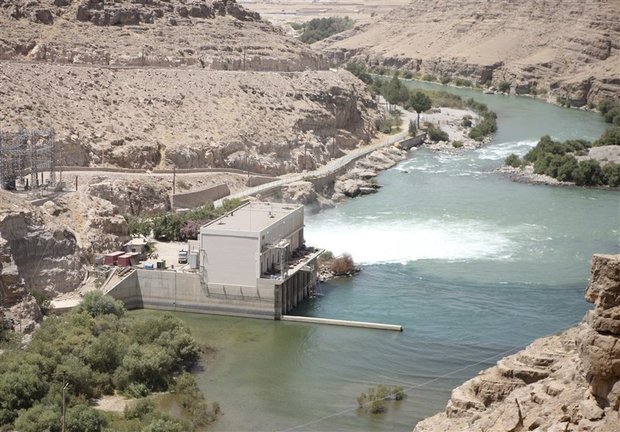
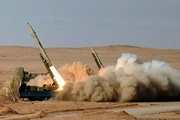

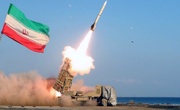



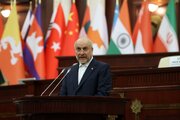

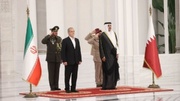
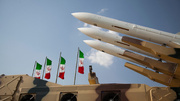



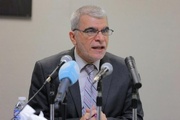
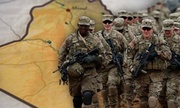






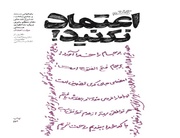

Your Comment